Global energy demand is rising and so is natural gas demand
In recent interviews Mike Wirth, Chevron’s CEO, detailed the company’s priorities and plans for the foreseeable future. He said “so long as the world is using oil and gas, Chevron and others have a responsibility to provide those fuels affordably and reliably.” He hailed the completion of the $53billion acquisition of Hess this year as a pivotal success, giving Chevron access to Guyana’s vast oil reserves.
But more recently the company’s profits have been drifting downward along with oil prices. This prompted the company to review its business model, announcing it would lay off up to 20 per cent of its workforce by the end of 2026 and reduce capital spending by $2-3billion/year, prioritising strong free cash-flow and high profitability.
Chevron’s new strategy, supported by strategic initiatives like the Hess acquisition and disciplined capital spending, aims to drive efficiency and long-term shareholder returns, despite short-term market volatility challenges. This requires putting emphasis on capital discipline in upstream operations and efficiency and on financial results. Only projects that meet Chevron’s demanding performance criteria are sanctioned for development.
Global energy demand is rising and so is natural gas demand, driven by economic growth, industrialisation and the increasing needs of AI. Natural gas, often in the form on LNG, is abundant, reliable and one of the more affordable energy sources available. Chevron is currently expanding its global gas business to meet this growing demand for the longer-term.
Global priorities
Chevron’s top priorities globally include oil and gas growth in the US Permian Basin, the Gulf of Mexico, Kazakhstan and Argentina. Acquisition of Hess has also given it access to shale assets in the cost-competitive US Bakken Shale.
With a 30 per cent share, Chevron is now set to concentrate on the development of its newly-acquired Guyanese oil reserves by participating in the massive expansion of the offshore Stabroek Block, that contains more than 11billion barrels of oil-equivalent (boe).
This is now becoming a top priority. By 2030 it could add more than 1million boe/day to Chevron’s annual production, enhancing its long-term production and free-cash-flow growth significantly.
Chevron also has a 50 per cent stake in the giant Tengiz oilfield in Kazakhstan expected to produce about 1million boe/day after an expansion project reaches full capacity.
East Med priorities
Chevron is the only oil and gas company involved simultaneously in Israel, Cyprus, Egypt and Greece.
Its main priority in the region is the development of the next phase of Leviathan to boost gas exports to Egypt. It signed a deal with Egypt estimated to be worth $35billion to export another 130bcm by 2040. This is equivalent to about 12bcm/year at the lucrative price of $7.50/mmbtu, in addition to the 10bcm/year being exported now. Chevron expects to take a final investment decision (FID) soon.
Chevron has also signed a deal with with Israel Natural Gas Lines, Israel’s state-owned pipeline operator, to build a $610million gas supply pipeline to Egypt, expected to become operational by 2028.
However, the fate of the Leviathan gas deal now hangs in the balance. In a risky game of energy and politics, Netanyahu decided to freeze the gas export deal, according to the Middle East Economic Survey, because he is “unhappy with Egypt’s military build-up in the Sinai and its vocal opposition to Israel’s offensive in Gaza”. There is an inherent risk that he could cancel the deal altogether, especially after declaring recently that he is “deeply committed to the vision of Greater Israel’’, encompassing parts of Arab countries stretching from Syria to the Sinai.
But signing of the gas pipeline deal implies that Netanyahu’s freezing of the Leviathan gas export to Egypt deal is considered to be temporary and expected to be lifted. Indeed, the response by Hamas to Trump’s plan gives hope that there could be a deal in Gaza, defusing tension in the region.
In any case, Egypt has alternative choices, even if more expensive. It has five FSRUs deployed, enabling it compensate for any loss in Israeli gas supplies, at least in the short-term.
Egypt has also signed deals with Cyprus to import gas from the Cronos and Aphrodite gasfields, that could total as much as 13bcm/year.
Within Egypt, Chevron is delaying development of the 3.5tcf Nargis gasfield due to a dispute over financial terms, seeking improved pricing for the gas. Gas pricing may also affect the development of Aphrodite.
Building on its commitment to East Med, Chevron, partnered with HelleniQ Energy, bid in September for exploration rights in four offshore blocks south-west of Crete. Greece welcomed this amid high hopes that it will spearhead the country’s development of its gas potential.
What it means for Cyprus
In February Chevron, Egypt and Cyprus signed a non-binding Memorandum of Understanding agreeing export of Aphrodite’s 3.5tcf gas to Egypt. This was followed by conclusion of the negotiations between Cyprus and Chevron on the development plan (FDP) for the gasfield, estimated to cost $4billion. It envisages production of 800million ft3/day through four wells using a floating production unit (FPU) to export the gas to Egypt.
Even though Cyprus hopes that Aphrodite gas will be liquefied at Egypt’s Damietta liquefaction plant and exported to Europe, this would depend on whether Egypt continues to experience acute gas shortages. In that case, it is more likely that gas will be diverted to Egypt’s internal market.
Following these agreements, Chevron started pre-FEED studies, expected to be completed by November, to be followed by FEED design scheduled for completion end 2026. These should then enable the company to make a final investment decision (FID) in 2027, provided the project meets Chevron’s profitability targets. On this basis, Chevron’s partner NewMed said gas exports could start in 2031. This means that Cyprus would see income from the project in 2034-2035.
Since June, Chevron has also been carrying out seabed surveys, expected to be completed in October, to determine the export pipeline route from Aphrodite to Egypt.
There are also encouraging news that Cyprus and Israel may finally reach a deal on the Aphrodite-Ishai ‘Inter-governmental Agreement’ by November, following a meeting of the two energy ministers in September.
But reaching FID for Aphrodite is still fraught with challenges. It is by no means certain that the currently agreed FDP will deliver Chevron’s high financial expectations.
The viability of the project will be judged by whether it delivers high returns on investment and profitability. Unless Egypt increases prices it pays to oil and gas companies for gas, that may prove to be challenging. If so, it would require yet more changes to the project’s FDP, pushing Aphrodite’s development further back, into the 2030s. On the positive side, Chevron remains highly committed to the region.
Dr Charles Ellinas, @CharlesEllinas, is a councilor at the Atlantic Council

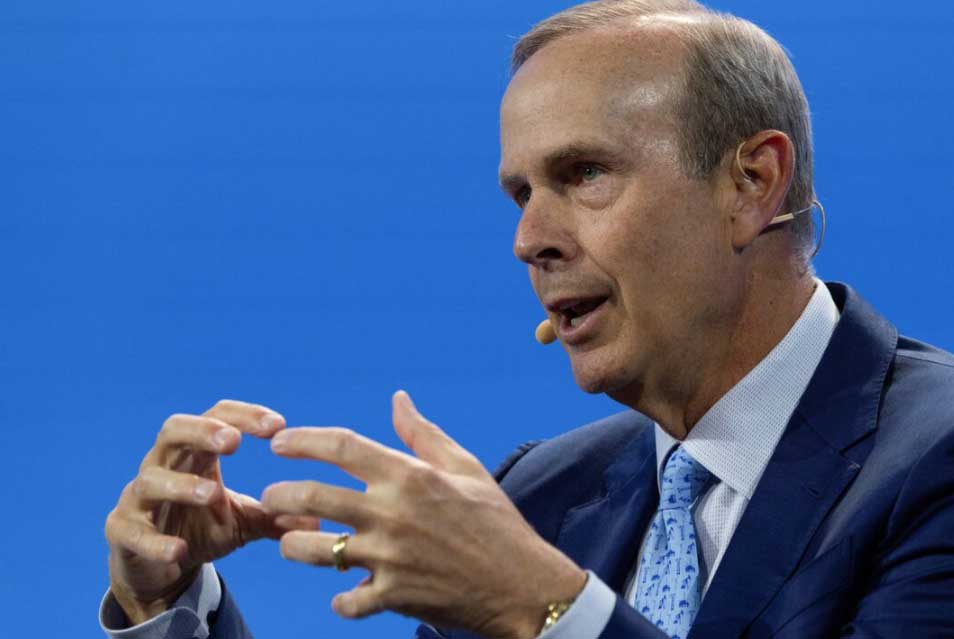
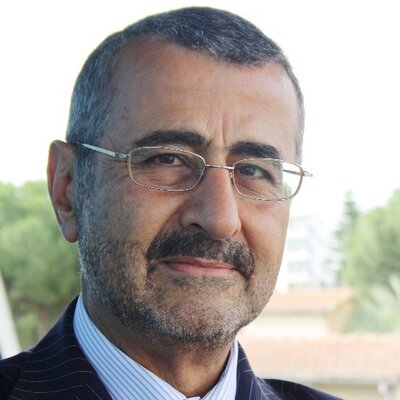
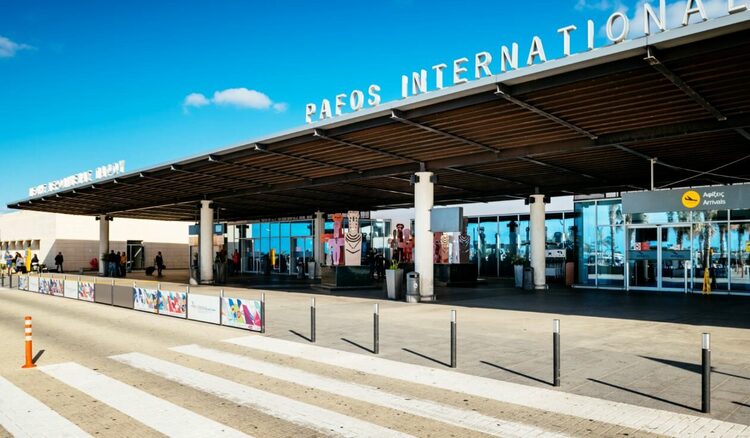
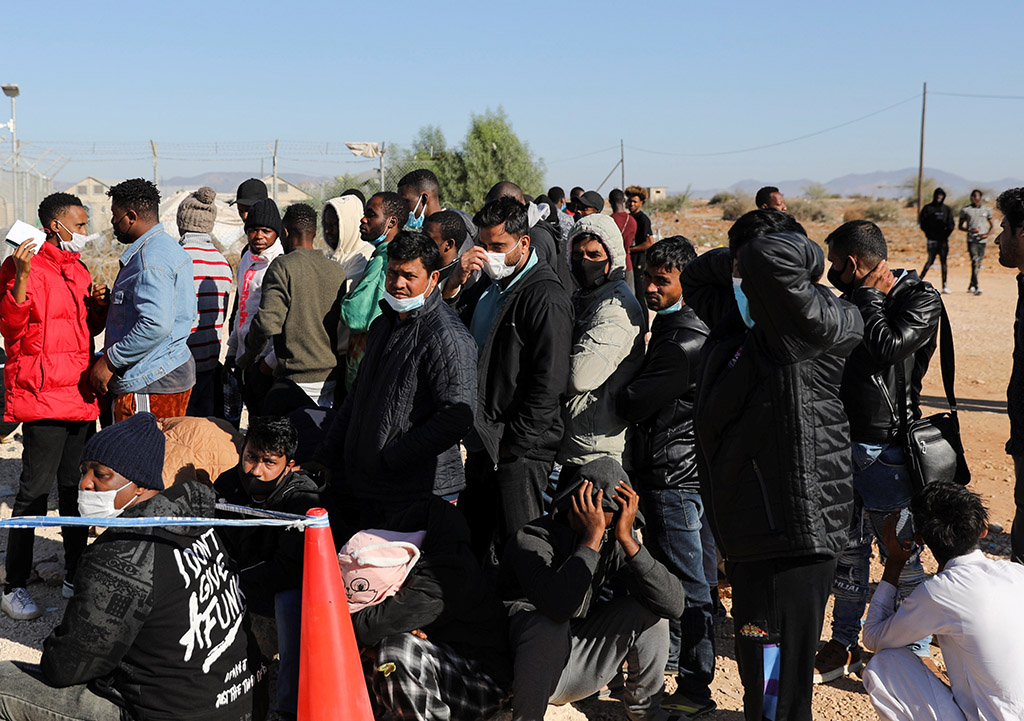
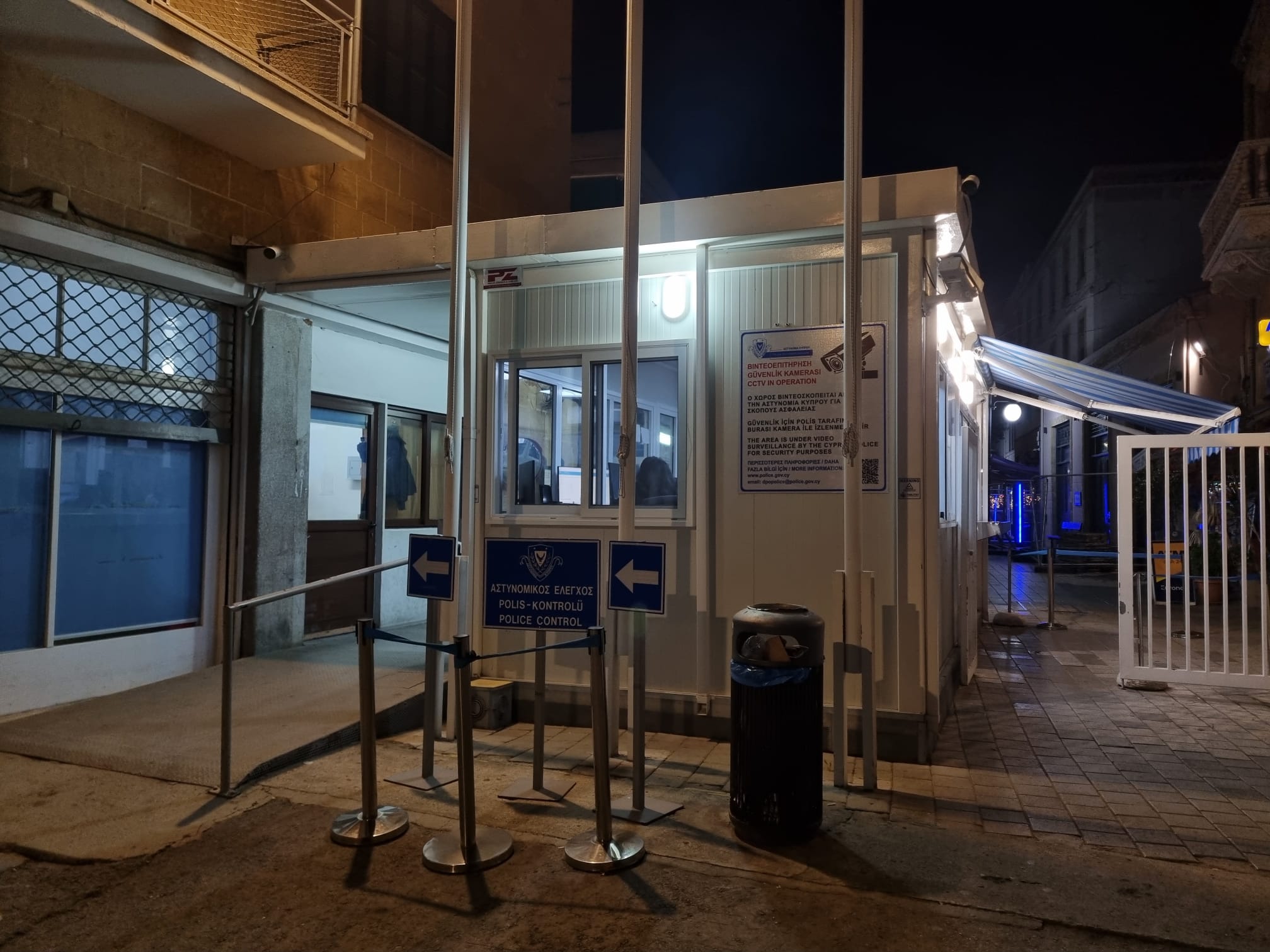
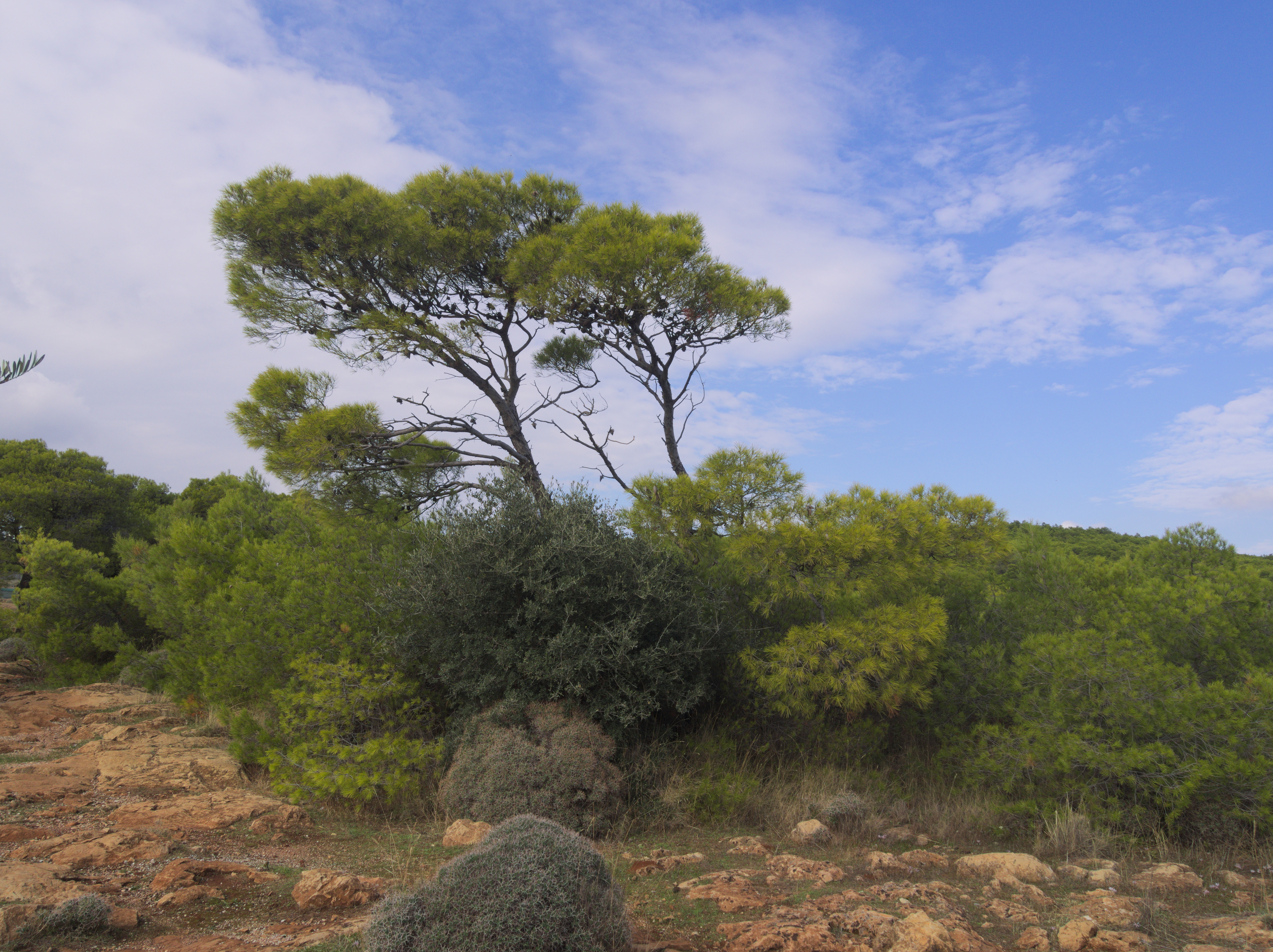
Click here to change your cookie preferences